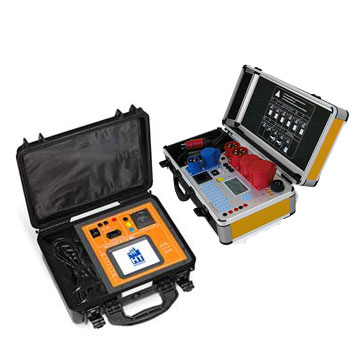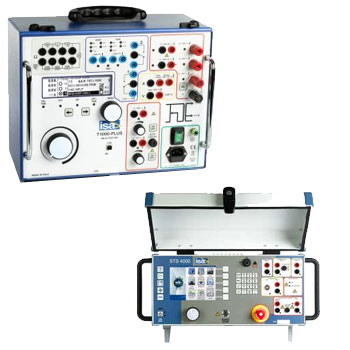
In the calibration hierarchy, one speaks of a standard, as an object of comparison or as a very precise measuring device. It is used to calibrate measuring devices. In order to be able to trace a measured value back to an international or national standard, a chain of comparative measurements was created. The chain corresponds to the order of normals and is represented by several institutions.

BIPM – Bureau international des Poids et Mesures
The International Office for Weights and Measures (German abbreviation: IBMG) provides a globally standardized system of measurements. This system is based on the international system of units, the most widely used system of units for physical quantities.
With the conclusion of the Meter Convention, an international treaty to agree on the metric system, the BIPM was founded on the same day, May 20, 1875. This makes it the oldest international scientific institution in the world.
BIPM is based in Breteuil, a suburb of Paris. Primary standards are kept here and new ones are developed. Furthermore, this authority organizes international comparative measurements and every four years a general conference for weights and measures, the CGPM.
PTB – Physikalisch-Technische-Bundesanstalt
The PTB is the national metrological institute, a metrological institute that preserves the standards of Germany. As the supreme authority of correct measurement, all calibrated measuring devices can be traced back to it.
There were two main reasons that led to the founding of the PTB:
- The Meter Convention of 1875
- A very dynamic industrial development in Germany
The formation itself did not turn out to be as easy as one might think. It was approved as uneconomic. After many setbacks, Werner Siemens and Herrmann von Helmholtz succeeded in 1887.
Siemens pursued a special interest with this founding. At that time there were no standards for electrical parameters, but the electronics industry was booming. Siemens was so interested in this further development that it even made private land available for the construction of the institute in Berlin-Charlottenburg.
With a modest start, with 65 employees and 263,000 gold marks, the PTB developed very well. Important scientists were recruited in the first decades, either as employees or members of the Board of Trustees, including Albert Einstein and May Planck.
Today, the PTB is one of the leading metrology institutes alongside NIST (USA) and NPL (Great Britain). Among other things, it is responsible for the dissemination of the legal time in Germany. Several atomic clocks serve as a time base. The time is synchronized via radio, via the time signal transmitter DCF77. Three public NPT time servers act to synchronize the time on computers.
DAkkS – German Accreditation Body
DAkkS is the national accreditation body in Germany. It is a limited liability company and therefore a private-sector organisation. The DAkkS was founded on November 2nd, 2009 as a result of a European regulation. According to EC No. 765/2008, all European member states should have a single national accreditation body.
At that time there were four accreditation bodies in Germany: DACH, DKD, DAP, TGA (already merged with DATech before). All of these merged into the DAkkS.
DAkkS GmbH has three owners:
- States
- German economy
- Federal Republic of Germany
The federal states were involved for organizational reasons. The integration of the DAkkS went more smoothly, one could dispense with parallel structures and unnecessary activities.
Accredited calibration laboratories
Accredited calibration laboratories are often external service providers. However, larger companies also have integrated calibration laboratories.
In order to ensure a consistent standard, the laboratories are accredited according to DIN EN ISO IEC 17025. It guarantees traceability to the national standard. The DKD was responsible for this before it merged with other accreditation institutions to form the DAkkS.
In order for the calibration laboratories to be able to prove that they work according to the regulations, they have to be assessed by the DAkkS, after which they receive a certificate. From then on, a full assessment of the calibration laboratory by the DAkkS takes place every 5 years and a monitoring visit is carried out every 18 months.
In-house calibration laboratories
In-house calibration laboratories that are not DAkkS-certified issue so-called factory certificates (ISO calibration). The difference is that only DAkkS calibration can legally guarantee traceability to the national standard. In terms of quality, both are almost identical, since both work according to DIN EN ISO/IEC 17025.
Test equipment
Test equipment can be standard household thermometers or kitchen scales. A measuring device that is already standardized is used for measuring and weighing.











































































































































































